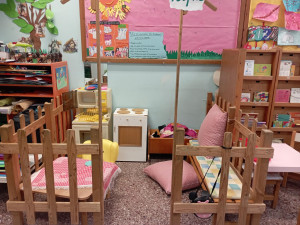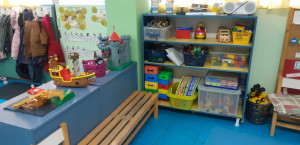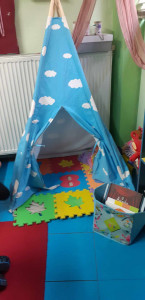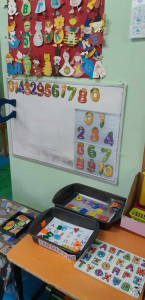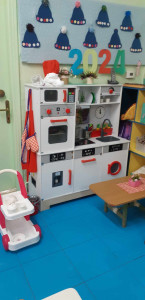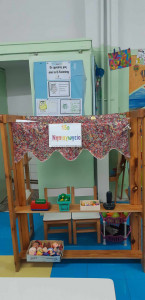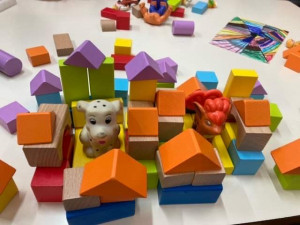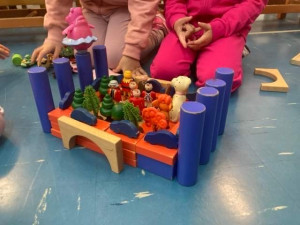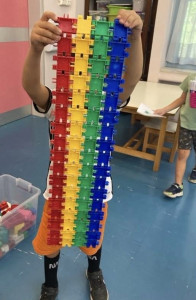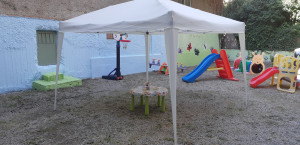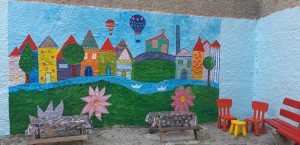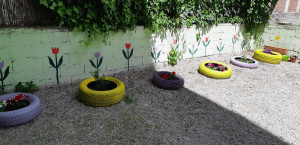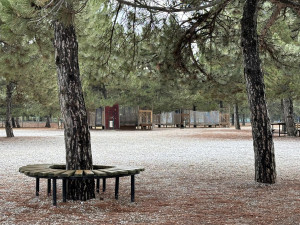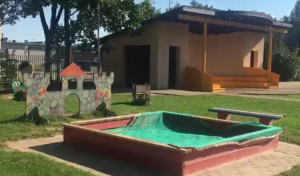The article is written by Kindergarteners
Niki Sotiriadou and Foteini Tsirli
Free play in Kindergarten
Play plays an important role in the progress and development of children of preschool and early school age, according to bibliographic research, but also based on the Curricula for Kindergarten.
The activities in kindergarten are either organized or free and are all playful.
Play helps in the socialization of children, in the creation of groups, in language cultivation, in the development of logical-mathematical thinking and in freedom of expression and cultivation of imagination, with the use of appropriate materials and means.
The organized activities are designed by the kindergarten teacher together with the children and take up a large part of the timetable. However, an important part of the program is also the free play in the classroom.
This article aims to study free play inside and outside the kindergarten classroom in various European countries, in the context of the implementation of a European e-Twinning program entitled: «Kindergarten Play Designers 5″. The information we gathered was drawn from questionnaires addressed to primary school teachers serving in schools in Greece (Athens, Thessaloniki, Ptolemaida, Amaranta, Muriki), Portugal, Spain, Bulgaria, Turkey, Romania, Latvia.
In all the above countries, free play in the classroom occupies at least two teaching hours of children’s morning activities. This time varies slightly from country to country. In Greece, according to the Official Timetable of Kindergarten, children play freely in learning centers in the kindergarten classroom from 8:30 to 9:15 and from 11:30 to 12:10 every morning, while in the all-day program it is from 13:40 to 14:20 and from 15:20 to 13:45. The schedule in kindergarten is flexible and hours may not be strictly adhered to.
Similarly, in other countries, such as Spain and Portugal, Romania, Latvia, Bulgaria and Turkey, free play lasts about one hour in the morning and one at noon in the all-day program and takes place flexibly between 7:30-9:00 and 11:00 to 12:00 for the morning class and between 15:00-16:00 for the all-day program. The hours of free employment in classroom corners are influenced by the time of arrival and departure of students, but also by other factors, such as delay in completing an organized activity.
According to our research, based on the answers of the kindergarten teachers who participate in it, children play freely or even guided by the kindergarten teacher of the class, especially when they cannot choose on their own. In learning centers there is, most of the time, a limitation on the number of students who can play, from four to six. Some games can be played with just two students, such as in the computer corner. The number of corners in the classroom is affected by the number of students and the space of the room.
Children who choose to play freely in a corner are encouraged to work together, exchange ideas, form teams. In cases where the children cannot choose an occupation corner by themselves or conflicts arise, then the kindergarten teacher intervenes and helps each child choose which toy to play with.
In many classes, there are boards with learning corners and each student chooses the corner to play. If there is free space in another corner, then each child can change the game they are playing and choose to move to another learning center, always depending on their interests.
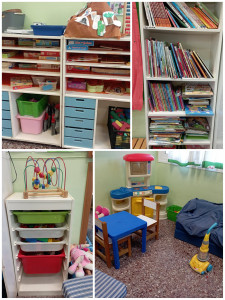 The games that students choose to play in all countries are plasticine and painting, puzzles and board games, symbolic dollhouse play, building materials, animals, balance games. In most countries, classroom play takes place in well-organized spaces-corners, includes materials that promote the imagination, meet the needs of children in each class and enable students to develop skills and create games themselves. Their formation depends, most of the time, on the passion of the kindergarten teachers who serve in the school, the materials available in the class and the group of children. The corners in many European schools are beautiful and most often attract the interest of children who want to play in them.
The games that students choose to play in all countries are plasticine and painting, puzzles and board games, symbolic dollhouse play, building materials, animals, balance games. In most countries, classroom play takes place in well-organized spaces-corners, includes materials that promote the imagination, meet the needs of children in each class and enable students to develop skills and create games themselves. Their formation depends, most of the time, on the passion of the kindergarten teachers who serve in the school, the materials available in the class and the group of children. The corners in many European schools are beautiful and most often attract the interest of children who want to play in them.
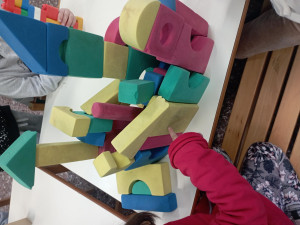
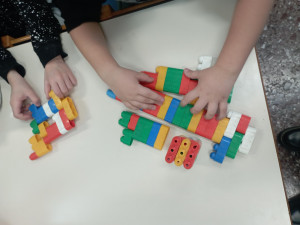
It is generally accepted that play in all its forms offers more opportunities for children to develop their imagination, creativity and skills. For this reason, the spaces where children play, whether they are indoor or outdoor, should be safe, functional and offer opportunities for children to create within them and be occupied with something they like and make them happy.
The school break in the European Kindergartens
In contrast to some educational systems that consider play as a secondary activity, European kindergartens recognize its deep educational value. School breaks become a time for children to engage in developed play, promoting creativity, imagination, and problem-solving skills.
European kindergartens emphasize outdoor play during breaks. Regardless of the weather conditions, children are encouraged to spend time in nature, fostering a relationship with the environment. Whether it’s symbolic play, exploring the natural surroundings, or participating in simple outdoor activities, play contributes to the physical, emotional, and cognitive development of children.
The official detailed program of each country we collaborate with in the E-twinning program KPD5 allocates time for breaks twice a day during the children’s school stay, once in the morning and once in the afternoon. All colleagues report flexibility in the break time and duration, while in several schools, the idea of continuing lessons in the school’s outdoor space seems to be promoted.
All program educators mention having a courtyard in their school, where students can spend their break when weather conditions permit. Alternatively, breaks take place inside the school, where children play and rest after their meal.
Is break time important for students?
School breaks provide significant opportunities for Physical Activities in children, with multiple cognitive, physical, emotional, and social benefits. This emphasis on socialization aligns with the understanding that learning extends beyond academic achievements and includes the development of emotional intelligence and interpersonal skills.
Each student’s participation in the break is necessary to expel accumulated energy, relax, unwind, and decompress. During breaks, children feel free for self-directed activities and self-discovery. If an external observer watches the children during the break, they will see them laughing, running, shouting with joy, and playing.
In Greece, it seems that kindergartens have limited equipment and natural space for exploration and free movement. All schools of our Greek partners report having few games in their courtyards, with concrete or gravel and limited contact of children with the natural environment.
On the contrary, in Spain, Turkey, and Latvia, school courtyards harmonize with the surrounding natural environment, providing space for playgrounds, ball games, sand, and constructions. The courtyards are surrounded by trees, grassy areas, and wooden games.
Breaks in European kindergartens go beyond simple relaxation for children. They are crucial for their holistic development. Recognizing the importance of play, outdoor exploration, social interaction, and overall well-being, European kindergartens create an environment that cares for the diverse needs of each child, surpassing the narrow limits of the classroom. Break time should become part of the KPD5 program, based on playful learning and inspiring new games.

